Pityriasis Rosea is a benign skin condition. Also known as Pityriasis Rosea Gibert or Pityriasis circinata, it is a self-limiting dermatological condition of the erythema-exfoliative disease group. A viral infection is considered the most likely cause of the skin lesions, although it is not confirmed or understood.
Medullary, erythematous, and exfoliative skin lesions characterize it. It generally does not affect the scalp but the skin of the trunk. The skin lesions are sometimes accompanied by itching. It is most common in children and young adults. Pityriasis roa tends to be seasonal, usually during autumn and winter.
Differentiation takes into account different skin diseases, such as psoriasis. There is no causal treatment. However, the disease has a benign course, does not pose a severe threat, and resolves spontaneously. In the case of intractable pruritus, symptomatic treatment can be applied. Surviving the disease gives lasting immunity, and there is never a relapse. Although Pityriasis Rosea is a self-limiting disease generally requiring no treatment, the situation is quite different in pregnant women, for whom the disease can be dangerous.

To date, the cause of the disease has yet to be clearly defined, but many studies and clinical observations point to a role for infectious factors![]() . A possible link between the development of the disease and medication
. A possible link between the development of the disease and medication![]() has also been documented. In addition to this, a genetic predisposition is also relevant. In summary, causes of Pityriasis Rosea may include:
has also been documented. In addition to this, a genetic predisposition is also relevant. In summary, causes of Pityriasis Rosea may include:
Viral infections – One of the most convincing theories is that a viral infection is behind Pityriasis Rosea. It is supported by the frequent co-occurrence of the lesions with a viral upper respiratory tract infection, the increased incidence among the patient's contacts, and the seasonal increase in incidence. Viruses suspected of causing it included influenza, parvovirus B19, Epstein-Barr, and arenaviruses. Herpes viruses, in particular herpes virus type 6![]() (HHV-6) and herpes virus type 7
(HHV-6) and herpes virus type 7![]() (HHV-7), are considered the most likely causative agent of Pityriasis Rosea.
(HHV-7), are considered the most likely causative agent of Pityriasis Rosea.
Psychogenic factors – In the past, skin infections, psychogenic causes, and seborrhoeic dermatitis have been mentioned among the causes of Pityriasis Rosea. The skin contains numerous nerve fibers that transmit information to the brain, so there is a link between psychological disorders and some skin diseases. Psychogenic factors and stressors influence the course of most dermatological conditions. However, Pityriasis Rosea's case is not confirmed; infectious factors are more likely.
Medications – A possible link between the development of the disease and the intake of medications such as barbiturates![]() , c*******l
, c*******l![]() , m***********e, or non-steroidal anti-inflammatory drugs, among others, has also been documented. In addition to this, some drugs cause phototoxic reactions that result in skin symptoms. A phototoxic reaction is an acute inflammatory reaction that, unlike a photoallergic response, occurs in virtually every person who takes the drugs in question and exposes the skin to sunlight. The lesions on the skin due to a phototoxic reaction are usually erythema resembling sunburn or blisters.
, m***********e, or non-steroidal anti-inflammatory drugs, among others, has also been documented. In addition to this, some drugs cause phototoxic reactions that result in skin symptoms. A phototoxic reaction is an acute inflammatory reaction that, unlike a photoallergic response, occurs in virtually every person who takes the drugs in question and exposes the skin to sunlight. The lesions on the skin due to a phototoxic reaction are usually erythema resembling sunburn or blisters.
Genetic predisposition – Pityriasis Rosea does not develop in all people infected with the virus, so a genetic predisposition to create this particular reaction to its presence is also considered essential. Genetic predisposition is another way of saying it is a condition that favors the occurrence of a specific disease entity, often at a much younger age than the population average. Genetic predisposition can increase or decrease the risk of certain disease entities. However, they are not the direct cause of a disease.
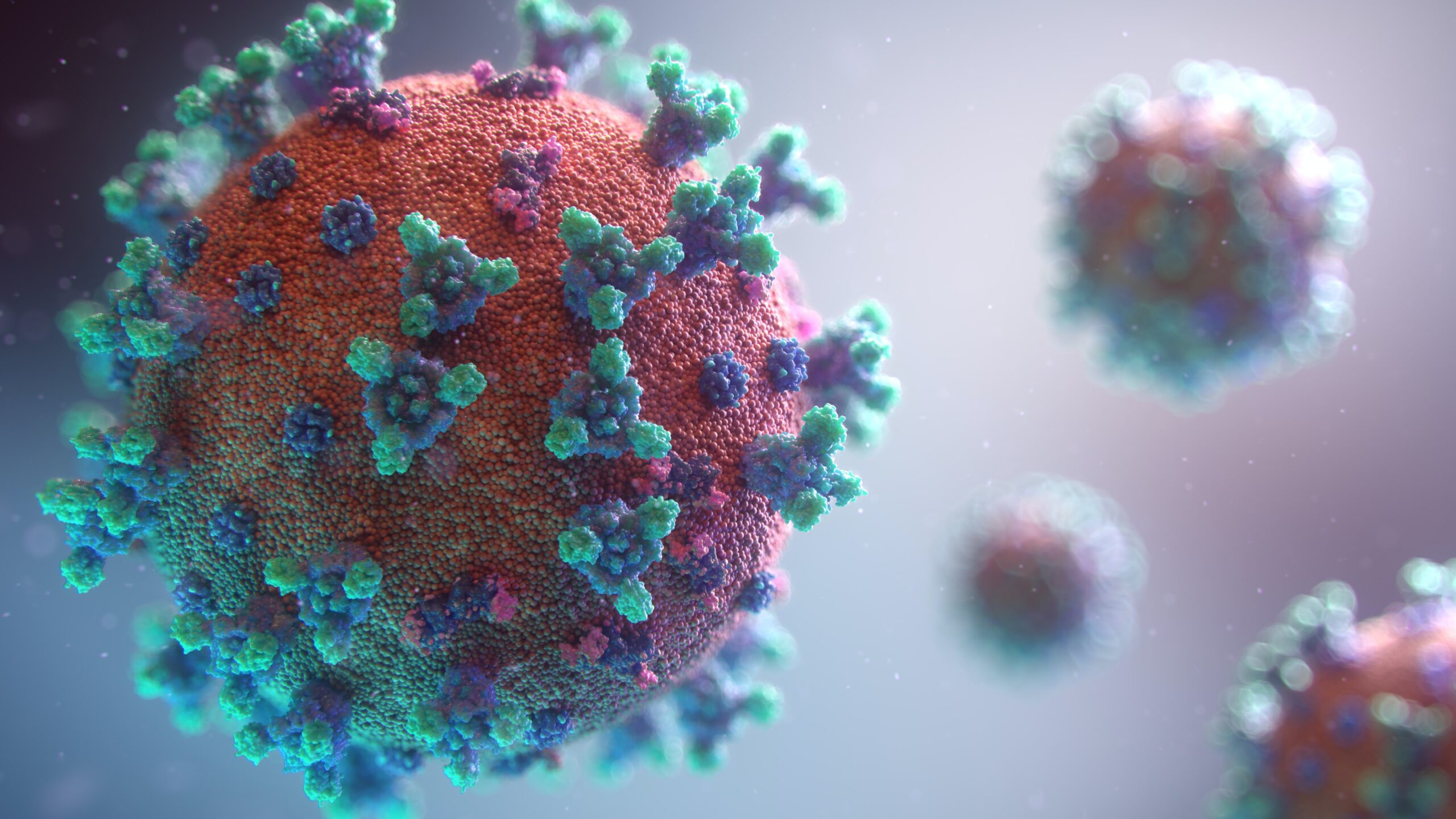
Symptoms of Pityriasis Rosea Gibert develop gradually. Pityriasis Rosea is often characterized by an initial herald patch![]() followed by further skin lesions within two weeks. However, the herald patch is only sometimes present. Lesions are usually seen on the trunk and proximal extremities. However, it is worth remembering that it is not the only location of this type of skin problem.
followed by further skin lesions within two weeks. However, the herald patch is only sometimes present. Lesions are usually seen on the trunk and proximal extremities. However, it is worth remembering that it is not the only location of this type of skin problem.
Pityriasis Rosea can present under various types, which impacts what it will appear like. The course of Pityriasis Rosea is reminiscent of a fungal infection, with which it is often initially confused. In addition to it, most patients may experience additional heraldic symptoms that are related to the disease.
Symptoms of Pityriasis Rosea include:
Herald patch – Patients usually notice the presence of the first patch on the body at the beginning of the disease. It is an oval lamellar skin lesion of relatively large diameter. It is the most significant skin lesion in the course of the disease. It usually occurs on the trunk, is pink or salmon-colored, and tends to be scaly around the periphery. A herald patch is only sometimes present but does not exclude Pityriasis Rosea. Usually, the patient presents to the doctor for subsequent lesions that appear over time.
Skin lesions – Pityriasis Rosea is characterized by skin lesions in scaly oval plaques on the trunk and proximal extremities. A characteristic feature is the distribution of the lesions, which may resemble a Christmas tree![]() . Collagenous exfoliation is common. The skin lesions are finer than the primary lesion and show peripheral exfoliation. They occur in large numbers, with the most incredible intensity on the trunk, abdomen, and proximal parts of the extremities. Inversion of the lesions and greater intensity on the face, underarms, and axillae, with sparing of the trunk. Numerous lesions develop in crops one to two weeks after the herald patch.
. Collagenous exfoliation is common. The skin lesions are finer than the primary lesion and show peripheral exfoliation. They occur in large numbers, with the most incredible intensity on the trunk, abdomen, and proximal parts of the extremities. Inversion of the lesions and greater intensity on the face, underarms, and axillae, with sparing of the trunk. Numerous lesions develop in crops one to two weeks after the herald patch.
Pruritus – Pityriasis Rosea often doesn't cause itching near skin sores, but if it does, it can be unpleasant and uncomfortable. Plus, it may cause a weird feeling of pain or a burning sensation near the skin spots. This combo of symptoms makes things tricky. It can trick people into thinking it's dermatophytosis, a different skin problem.
Flu-like symptoms – Before the skin rashes of Pityriasis Rosea appear, some folks might feel sick. They may have a sore throat, stomach troubles, a fever, or achy joints. But watch out, these first signs might make you think it's something else, not Pityriasis Rosea. Keep in mind not everyone gets these flu-like feelings.

The atypical course![]() of Pityriasis Rosea is rare. The uncharacteristic course of the disease may be related to morphology, size, distribution, course, or symptoms.
of Pityriasis Rosea is rare. The uncharacteristic course of the disease may be related to morphology, size, distribution, course, or symptoms.
These include the following variants of pityriasis rosea:
Vesicular Pityriasis Rosea – In this type of Pityriasis Rosea, the skin lesions are vesicular. The disease erupts numerous lesions on small cysts, mainly on the head, palms, and soles. It should be differentiated from chickenpox and dyshidrosis. This type of Pityriasis Rosea often occurs in children.
Generalized Papular Pityriasis Rosea – It is a generalized type of disease that occurs very rarely, most commonly in young children and pregnant women. It presents with multiple bumps along with Pityriasis Rosea's characteristic skin lesions.
Lichenoid Pityriasis Rosea – The effects of drugs such as c*******l, barbiturates, D-penicillamine, and c*******e usually cause this type of Pityriasis Rosea. A possible link between the development of the disease and the ingestion of these drugs has been documented.
Erythema multiforme-like Pityriasis Rosea – In this type of disease, targetoid lesions are seen in addition to the classic skin lesions of Pityriasis Rosea. As such, the disease may be confused with erythema multiforme. The two diseases may show similar features, except for satellite cell necrosis.
Follicular Pityriasis Rosea – The skin lesions are usually follicular. Atypical skin lesions occur singly or in groups together with the classic skin lesions of Pityriasis Rosea. The disease may resemble follicular lichen planus fol, follicular keratosis, and atopic dermatitis with a follicular component.
Giant Pityriasis Rosea – This genus is rare. In the carcinoid, one notices plaques and spines of considerable size. Skin lesions occur in large numbers and can be as large as 7 cm. Individual lesions can grow to the size of the palm.
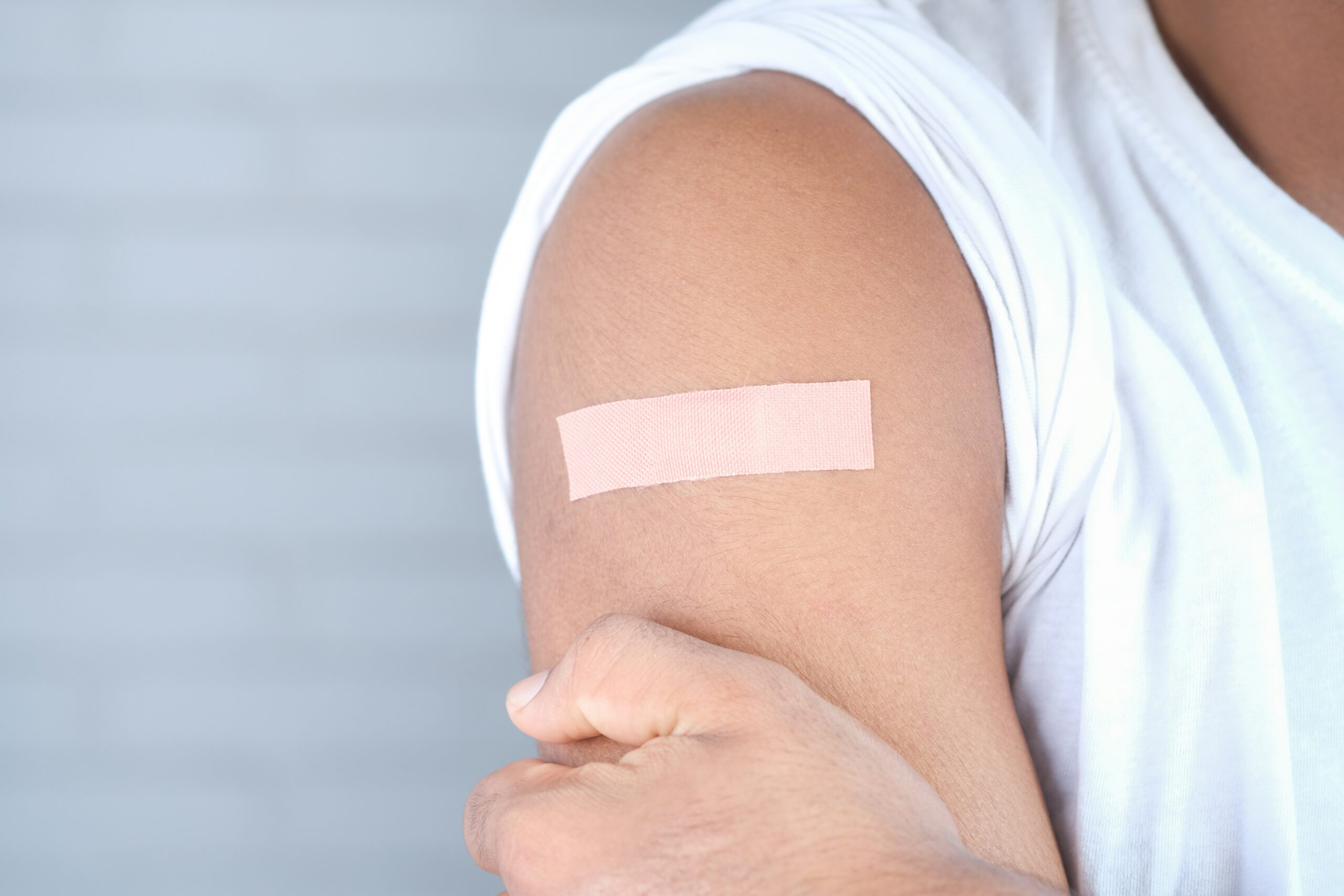
Pityriasis Rosea's identification relies on the disease's progress history and the unique appearance of skin changes. Uncertain situations call for ruling out other skin conditions via suitable tests. A skin biopsy![]() serves this purpose.
serves this purpose.
A skin biopsy takes a tiny portion of the problem skin for a detailed scientific study. This examination assists in identifying skin changes, confirming the suspicion of a disease, or completely discarding it. Skin biopsy is a quick procedure and is carried out under local anesthetic. After the biopsy procedure, a sterile dressing is applied to the wound to protect the biopsy site.
Pityriasis roa can sometimes be confused with other skin diseases, especially if it has an atypical course. Similar diseases that are considered in the diagnosis of Pityriasis Rosea include:

Dermatomycosis – Pathogenic dermatophytes or yeasts cause dermatomycosis. It is one of the most common skin diseases. The main symptoms of dermatophytosis are skin patches that are oval or round in a flushed color, and blisters may also appear, which turn into scabs over time. Pimples or bumps may also be indicative of dermatophytosis. Mycosis fungoides skin lesions are often very similar to Pityriasis Rosea's, so a biopsy can indicate the correct disease.
Pustular psoriasis – Like Pityriasis Rosea, the disease appears suddenly, often preceded by a bacterial infection. The typical skin lesions are not in the type of patches of pink scaly skin but take the form of small papules, salmon-colored. Because of its similarity, taking psoriatic droplet psoriasis to diagnose Pityriasis Rosea is appropriate. Distinguishing droplet psoriasis from Pityriasis Rosea is the distribution of the skin lesions on the body.
Chronic dandruff – This is a persistent, recurring fungus related skin issue. Skin spots usually show up on the neck, back, shoulders, and upper chest. Typical signs are skin shedding and light-colored patches. Usually, these affected body parts don't come with itching. Odd versions of Pityriasis Rosea might look like chronic dandruff.
Chronic migratory erythema – Migratory erythema is a blotchy, round-shaped skin reaction occurring early in infection with Borrelia burgdorferi. It is a characteristic symptom of severe Lyme disease. The erythema may resemble the herald patch symptom typical of Pityriasis Rosea. The herald patch can take various sizes and shapes and is sometimes confused with erythema migrans. It is essential to distinguish between the two diseases, as untreated Lyme disease can have serious complications.
Secondary syphilis – Syphilis belongs to sexually transmitted diseases, and it is the most common cause of bacterial transmission from one person to another. The primary symptom of sexually transmitted syphilis is the appearance of a single oval ulcer in the genital area. This skin lesion may resemble a rare variant of Pityriasis Rosea, in which skin lesions appear in the genital area. In syphilis, enlarged lymph nodes are characteristic in addition to the genital lesion. However, syphilis is often asymptomatic, so it is essential to include this disease in the diagnosis of Pityriasis Rosea.
Cutaneous T-cell lymphoma – The disease is a rare malignant neoplasm of the skin and usually takes the type of spots or plaques, less commonly a nodular form or involving lymph nodes and peripheral blood. The origin of the neoplastic process in this type of tumor is the uncontrolled growth of T lymphocytes, the cells responsible for cellular immune responses, to eradicate the threat. Because of the similarity of the skin lesions, it is worth taking a biopsy to exclude the suspicion of cancer.

In most cases, the disease is mild and self-limited![]() . Consequently, you do not have to undertake any treatment for Pityriasis Rosea. It is worth bearing in mind that for the first 3-4 months, discoloration may appear in the previously affected areas, which disappear with time. The disease does not leave permanent marks or scars. If, on the other hand, the symptoms are bothersome, symptomatic treatment can be applied. The following treatment methods are mentioned:
. Consequently, you do not have to undertake any treatment for Pityriasis Rosea. It is worth bearing in mind that for the first 3-4 months, discoloration may appear in the previously affected areas, which disappear with time. The disease does not leave permanent marks or scars. If, on the other hand, the symptoms are bothersome, symptomatic treatment can be applied. The following treatment methods are mentioned:
UV phototherapy – UVB irradiation is used with good results, although it too is a controversial treatment. The UVB method is safe and does not require photosensitizing medication before treatment. UVB radiation has an immunosuppressive effect. The technique is used for dermatoses such as pustular psoriasis and atopic dermatitis.
Ointments – For intractable pruritus, topical ointments containing glucocorticosteroids can be applied. Their antipruritic effect helps to alleviate the discomfort and is a sufficient treatment for this condition. Daily oiling of the skin with emollients![]() is therefore recommended to counteract pruritus. Starch baths may also be helpful.
is therefore recommended to counteract pruritus. Starch baths may also be helpful.
Antihistamines – In severe cases, oral administration of topical antihistamines![]() is possible. Histamine, a compound that plays the role of a neurotransmitter, is naturally present in the human body. Antihistamines block the action of this compound, abolishing the inflammatory reaction, swelling, and other bothersome allergic symptoms such as rash, runny nose, itching, or watery eyes. It prevents human cells from reacting to the effects of histamine.
is possible. Histamine, a compound that plays the role of a neurotransmitter, is naturally present in the human body. Antihistamines block the action of this compound, abolishing the inflammatory reaction, swelling, and other bothersome allergic symptoms such as rash, runny nose, itching, or watery eyes. It prevents human cells from reacting to the effects of histamine.
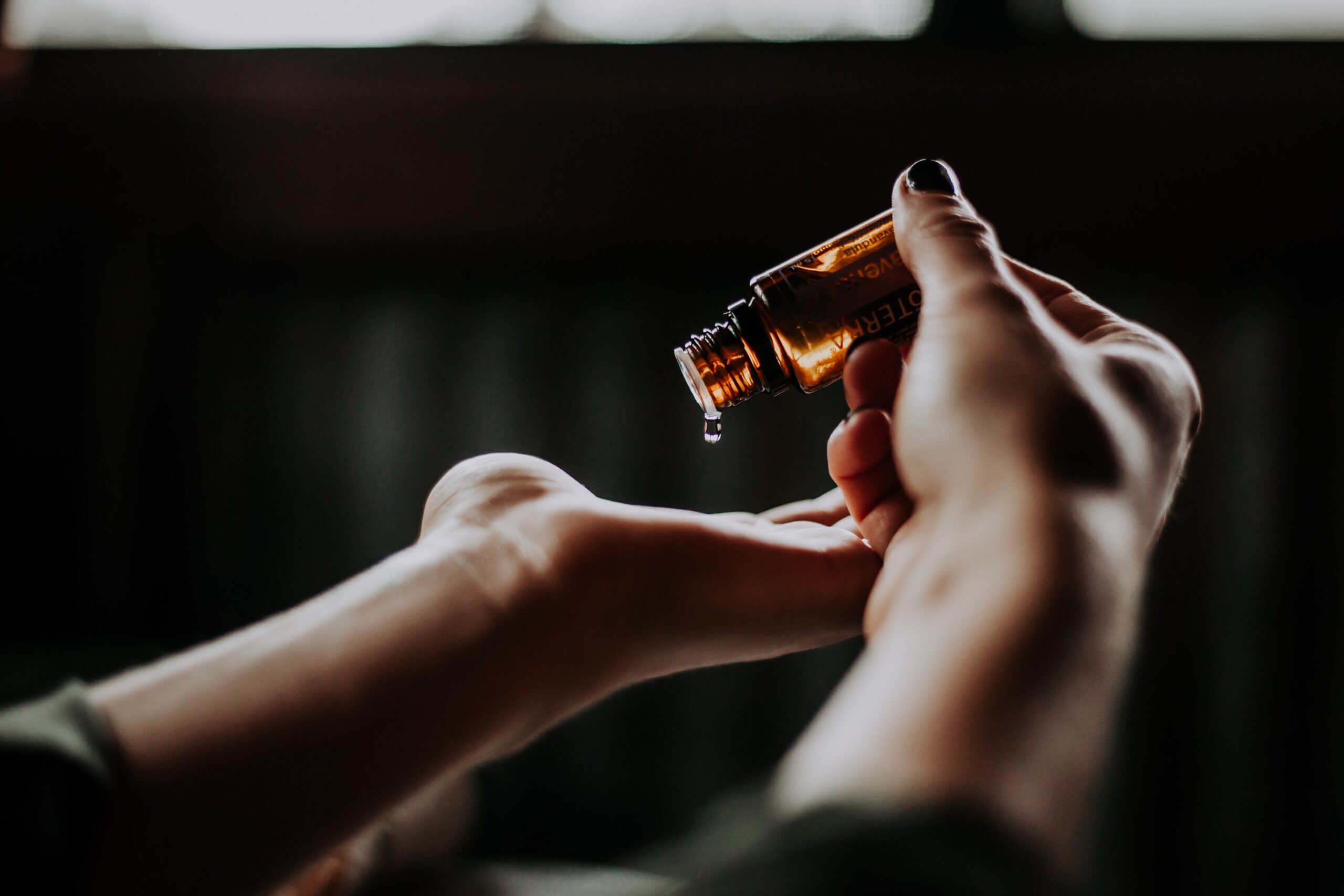
Recurrences of Pityriasis Rosea are rare. Surviving this disease usually gives lasting immunity, and there is never a relapse. Occasionally, however, patients experience a recurrence of skin lesions after some time. There is no direct disease infectivity, e.g., through contact with the skin lesions or during patient care. The factor that can be transmitted between an infected person and a healthy person is the virus itself. However, it will not cause a reaction in each person, leading to the development of Pityriasis Rosea.
Although Gibert's Pityriasis Rosea is a self-limiting disease usually requiring no treatment, the situation is quite different in pregnant women. It is thought that, despite the benign nature of the disease. If pityriasis rosae occurs during pregnancy, it can be associated with an increased possibility of complications during childbirth.
According to the literature, HHV-6 or HHV-7 infection can reactivate![]() during pregnancy. It puts the fetus at risk of infection, premature birth, and general birth complications. In particular, the appearance of skin lesions in the first 15 weeks of pregnancy is dangerous. It is also worth noting that pityriasis is more common in pregnant women than in the general population. If the above skin lesions occur, the pregnant woman should contact her doctor immediately to avoid risks.
during pregnancy. It puts the fetus at risk of infection, premature birth, and general birth complications. In particular, the appearance of skin lesions in the first 15 weeks of pregnancy is dangerous. It is also worth noting that pityriasis is more common in pregnant women than in the general population. If the above skin lesions occur, the pregnant woman should contact her doctor immediately to avoid risks.
Pityriasis Rosea Gibert is a skin condition that doesn't last forever. Also known as Pityriasis circinata, it's part of a category that includes skin disorders that cause red, peeling rashes. More common in children and young adults, it's often seasonal, especially during fall and winter. Its exact cause is uncertain, but it could be linked to infections. Some people seem to get it because of certain medicines. Your genes might also influence whether you have it.
Noticeable skin symptoms include centers that look marrow-like, red and peeling skin patches. The rashes usually don't affect your scalp but rather your torso. Many times, itchy spots come with the rashes. Some people might see additional early-warning signs of the condition. Rare exceptions occur when Pityriasis Rosea runs a different course. These forms stand out due to their sizes, forms, spread, progress, or signs.
To know it's Pityriasis Rosea, doctors base it on the disease's progress and the typical look of the rashes. If still unsure, other skin conditions will be ruled out with proper tests. A skin biopsy is often the next step. In most instances, the condition resolves on its own without needing treatment. Note that despite being self-fixing in most cases, pregnant women may require treatment when having this condition.
Table of Contents

Dandruff is the result of excessive skin exfoliation, overproduction of sebum, or the presence of Malassezia yeast on the skin.… read more »
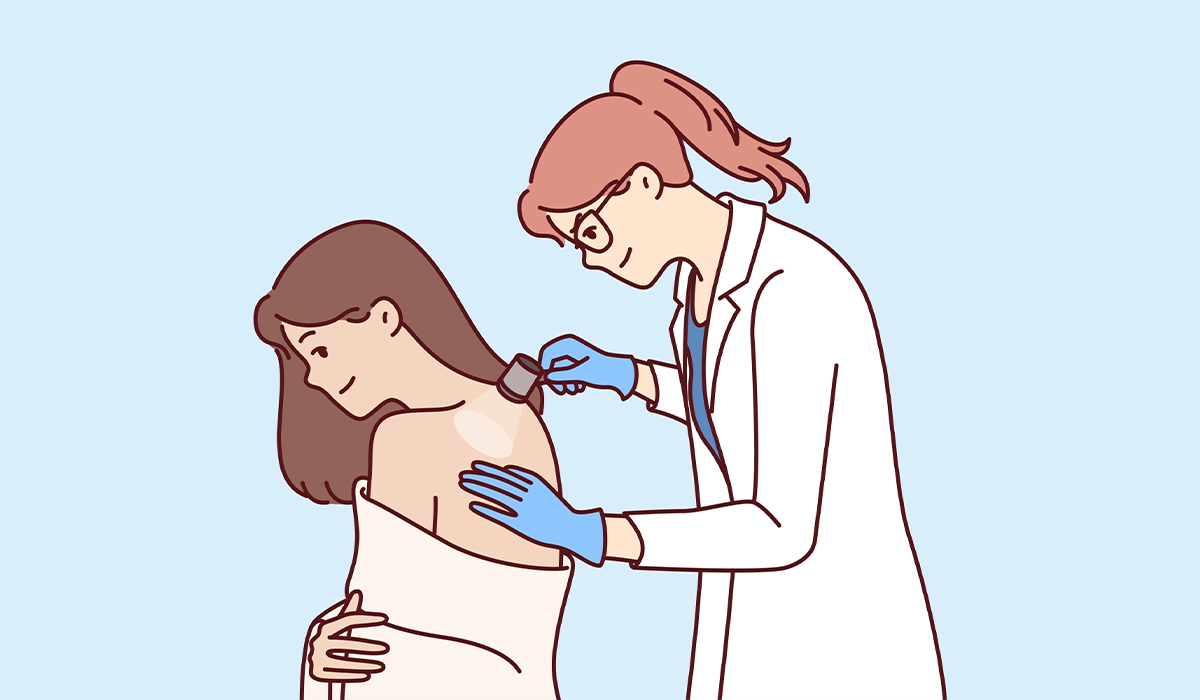
A dermatologist is a medical doctor who specializes in diagnosing, treating, and managing conditions related to the skin, hair, and… read more »

Do you know what the symptoms of Lyme disease are? The sooner you get diagnosed the better. Learn all about… read more »
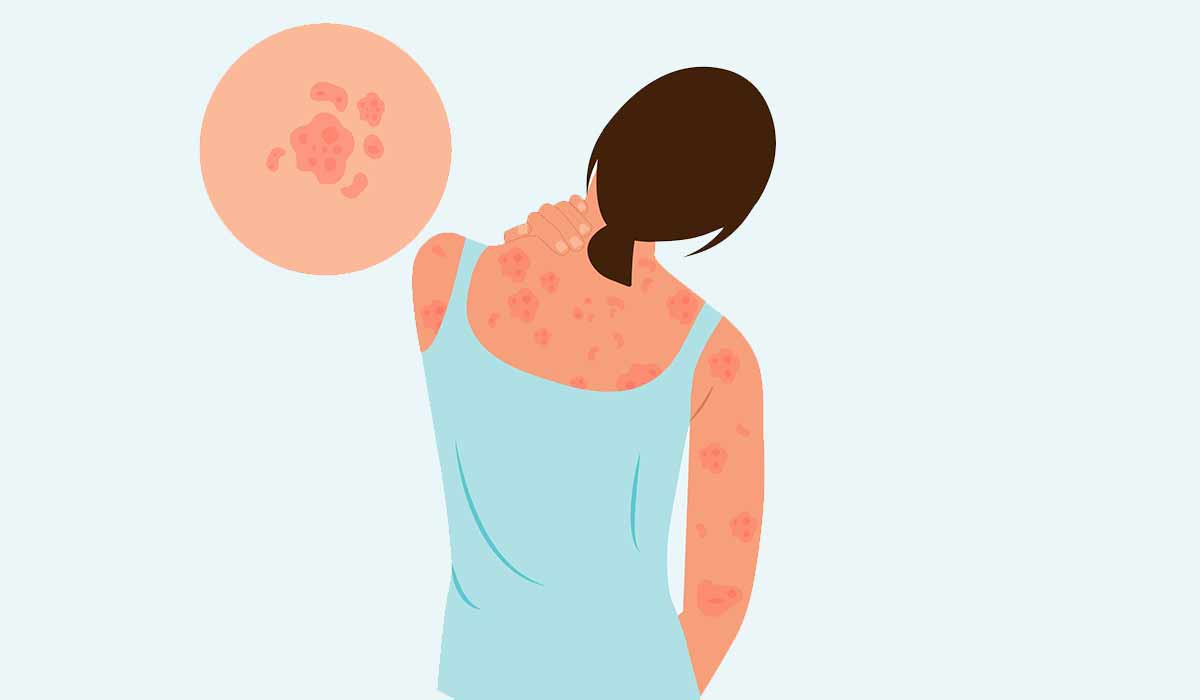
Psoriasis is characterized primarily by skin lesions that result from impaired epidermal regeneration. Learn about all types and signs of… read more »
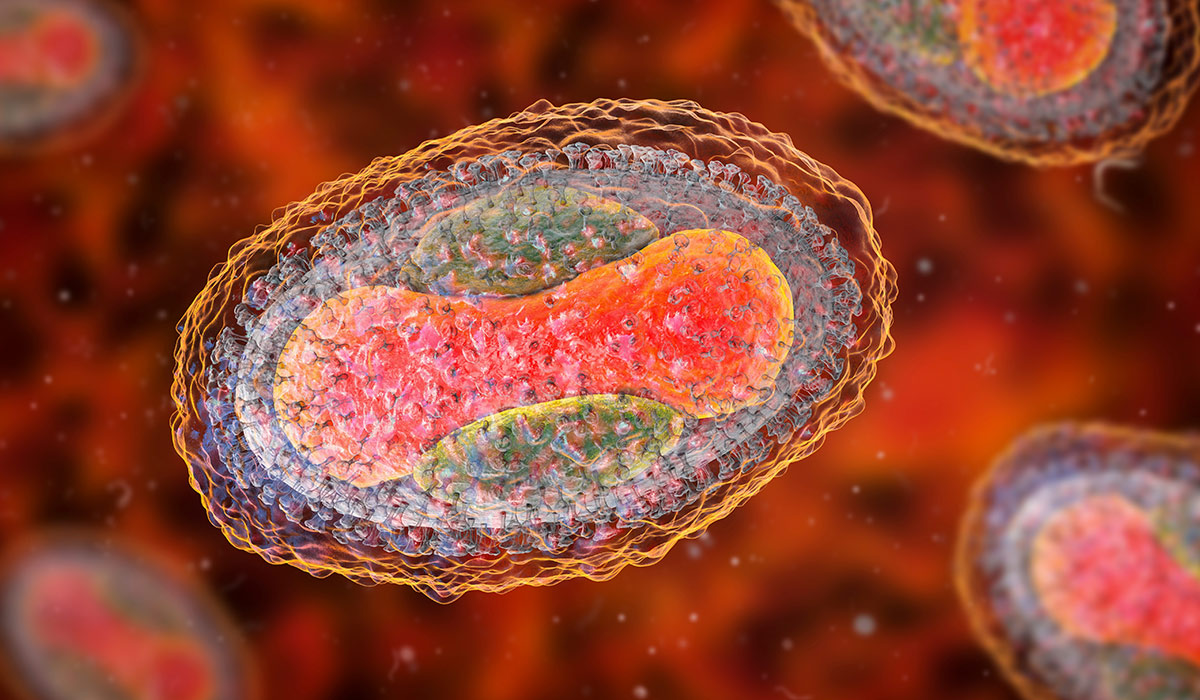
Molluscum contagiosum is a common skin infection especially in children. Find out how to recognise molluscum contagiosum skin lesions. Learn… read more »
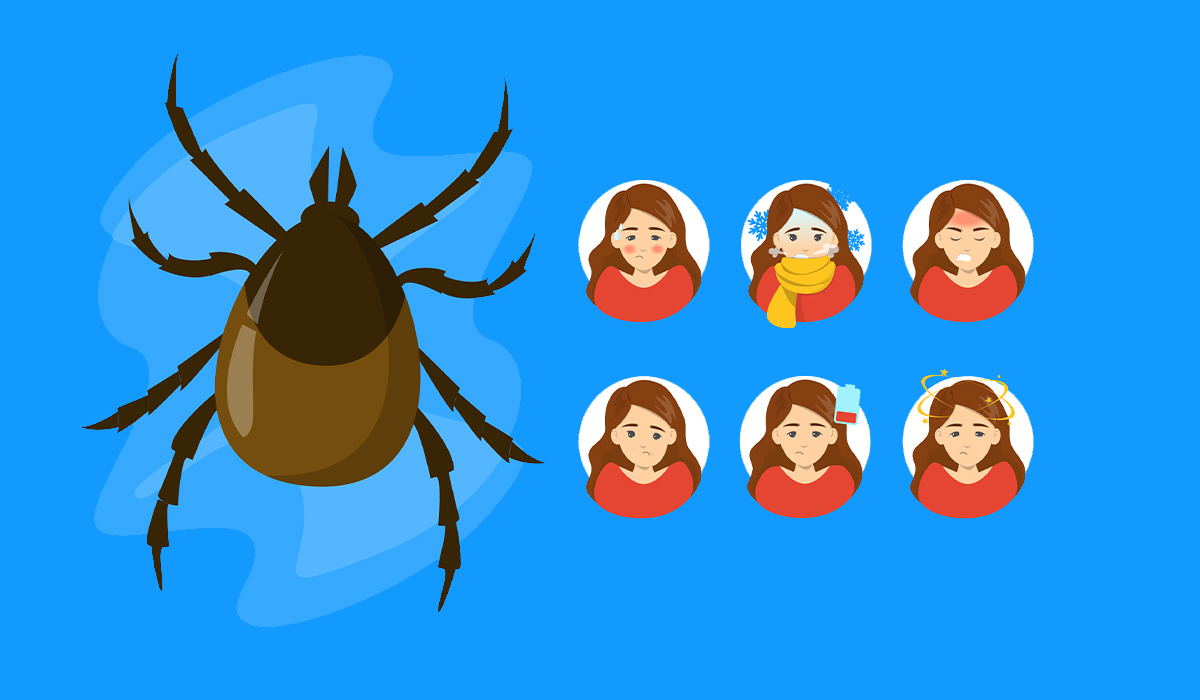
Lyme disease is difficult to diagnose. Therefore, it often goes undiagnosed for years, leading to complications. If you want to… read more »
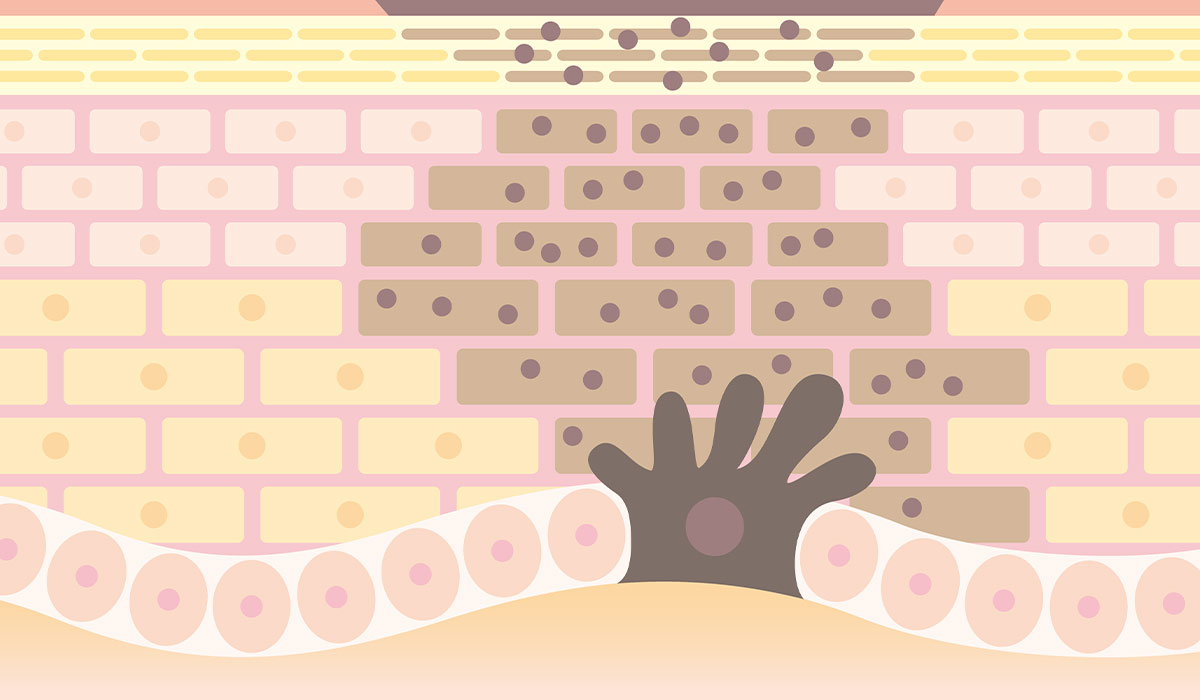
Melanins are a group of pigments responsible for the pigmentation of organisms. What happens when there are too few or… read more »

Steven Johnson syndrome is a dangerous but rare condition. The most common cause is medication. Find out how to recognise… read more »
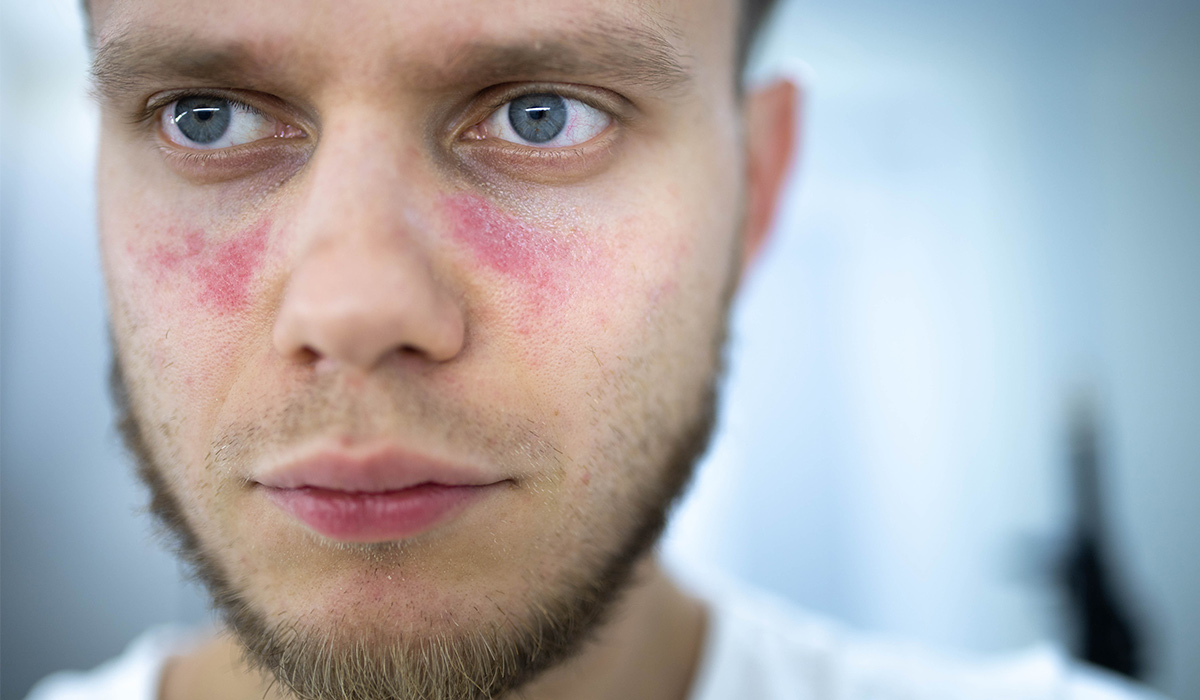
Lupus is a chronic autoimmune disease in which our body begins attacking itself. Find out what are the causes, symptoms,… read more »